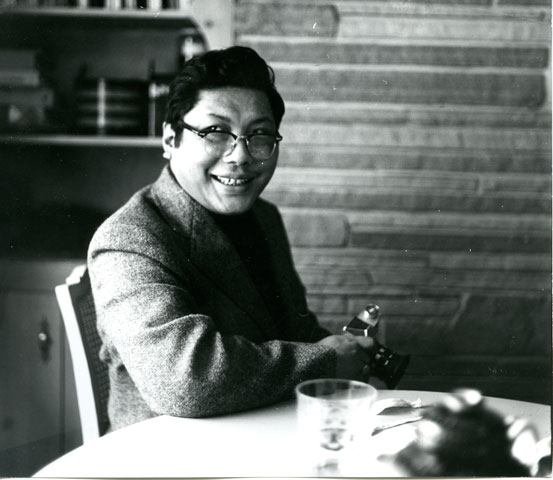Who Was Chogyam Trungpa?
Chögyam Trungpa Rinpoche was a master genuinely confident of his mission and realization. He demonstrated a sharpness of intellect that cut through all delusion and doubt, a calmness of mind unmoved by neurotic chaos, and a total fearlessness of all threat of egocentricity. Meeting such a master makes your dualistic head spin and go beyond time and space—you may not know where, or with whom, you actually are—perhaps you are in the company of an ancient Indian Buddhist saint, or a modern, avant-garde Japanese-type saint, or just a completely crazy Tibetan man!
The Dzogchen Ponlop Rinpoche in “Genuine Water: The Legacy of Chogyam Trungpa,” in Recalling Chogyam Trungpa, compiled and edited by Fabrice Midal, page 12.
Selected in honor of the 35th Anniversary of the Parinirvana (Death) of Chogyam Trungpa, April 4, 2022.















